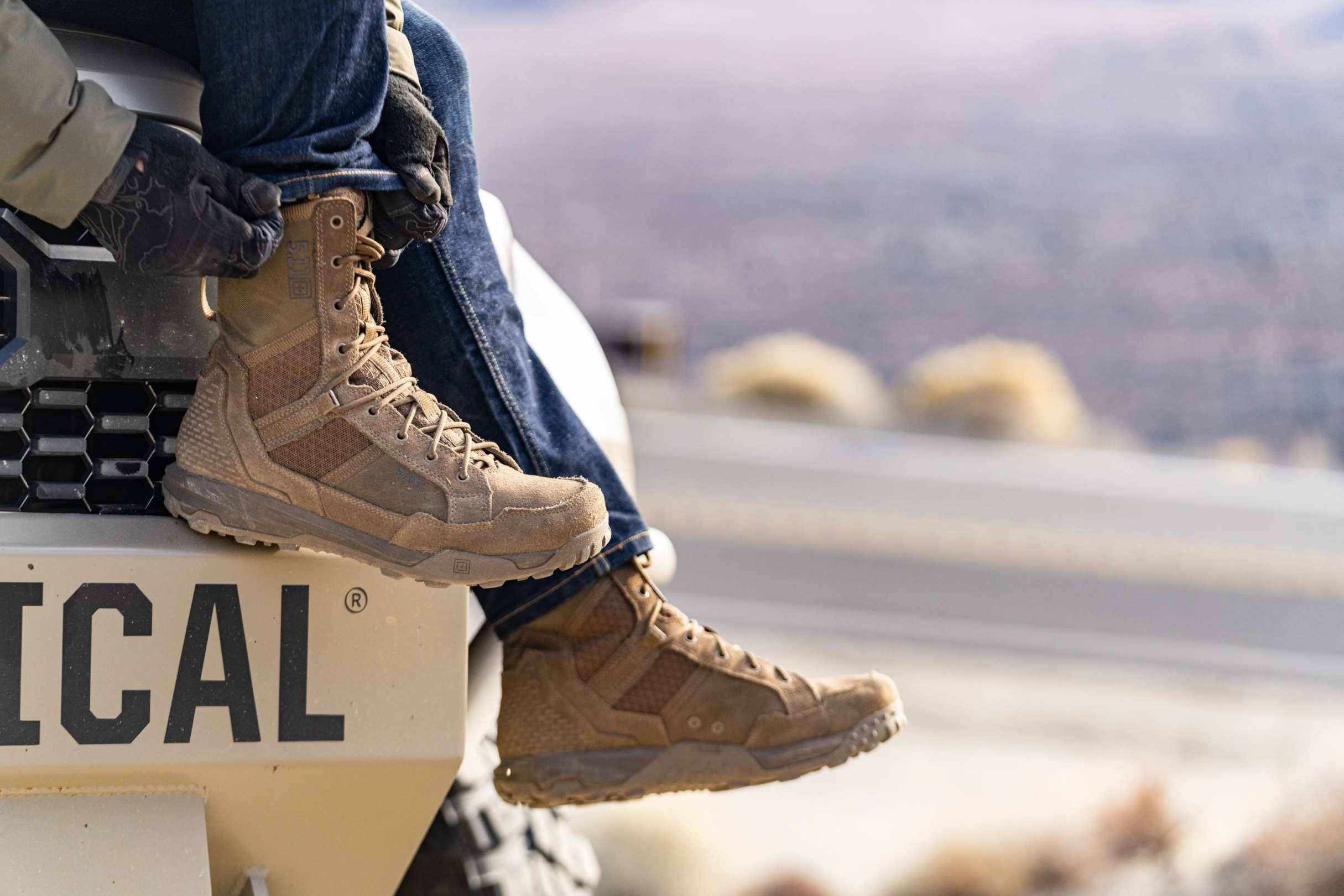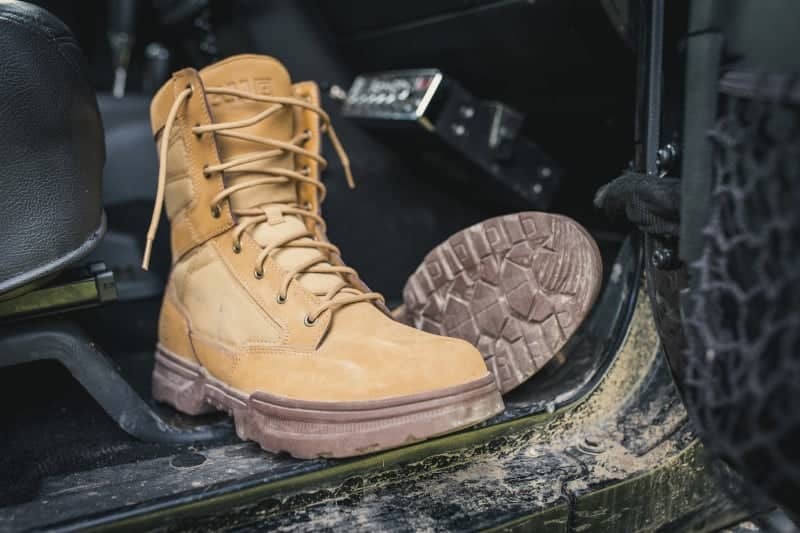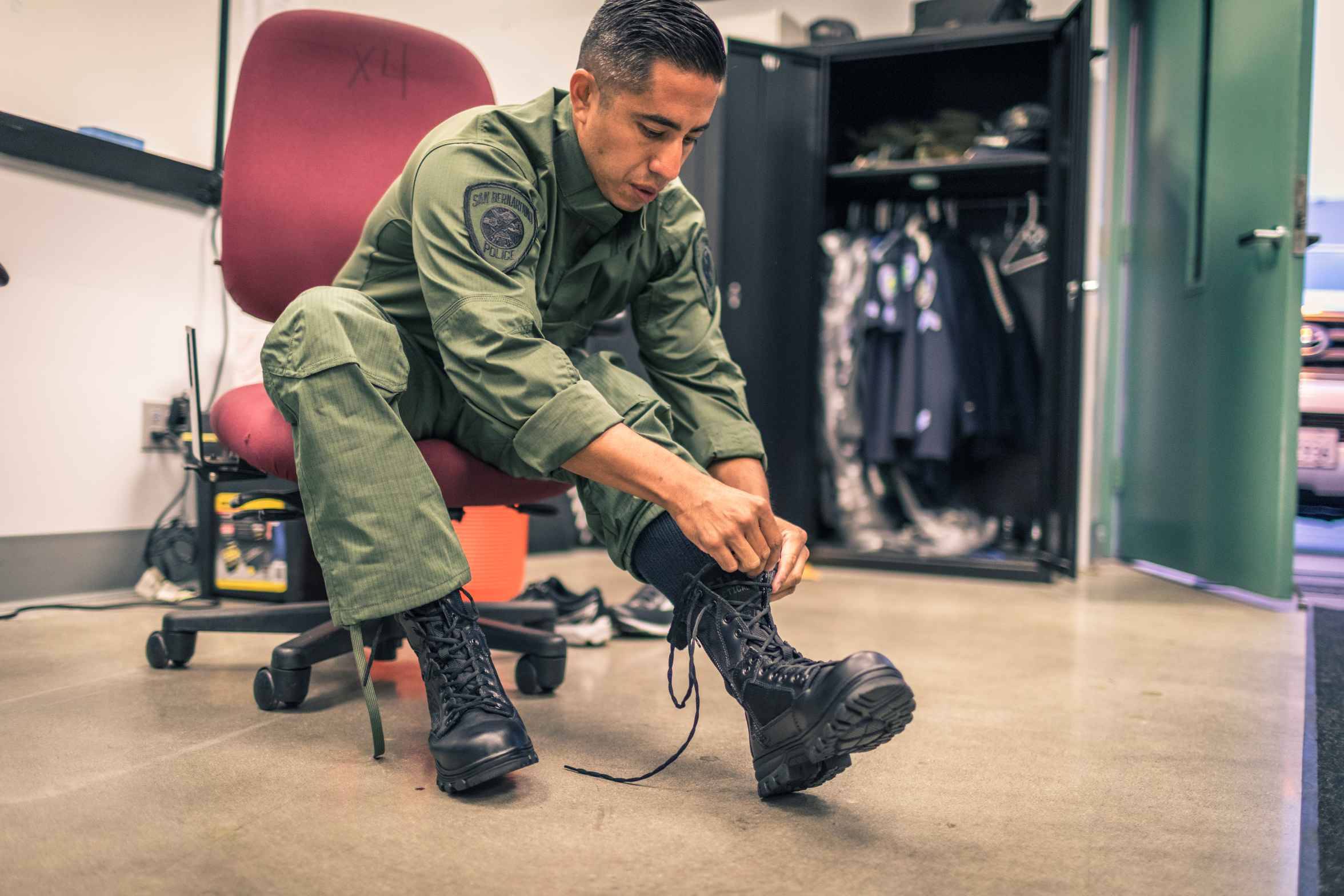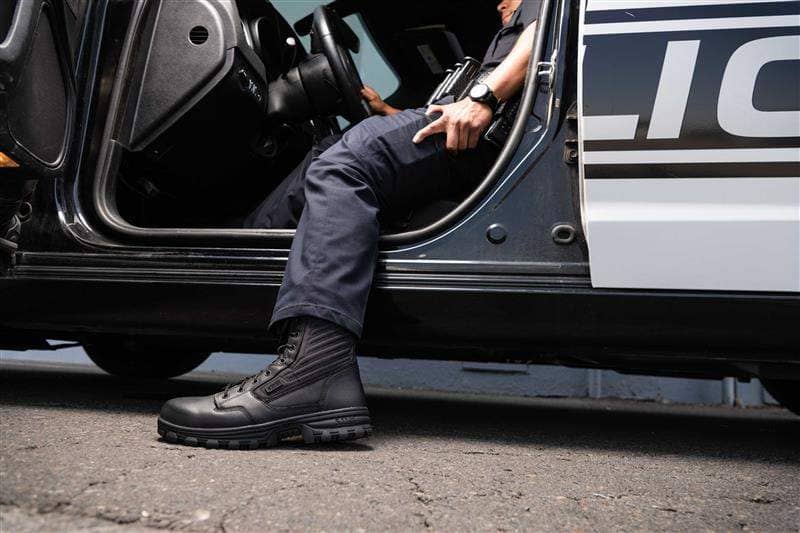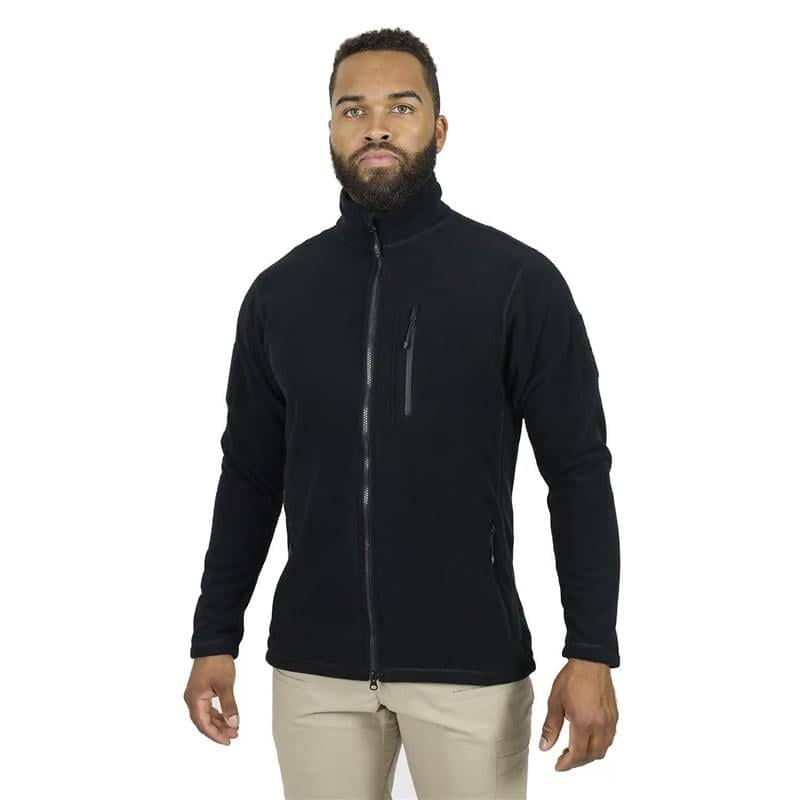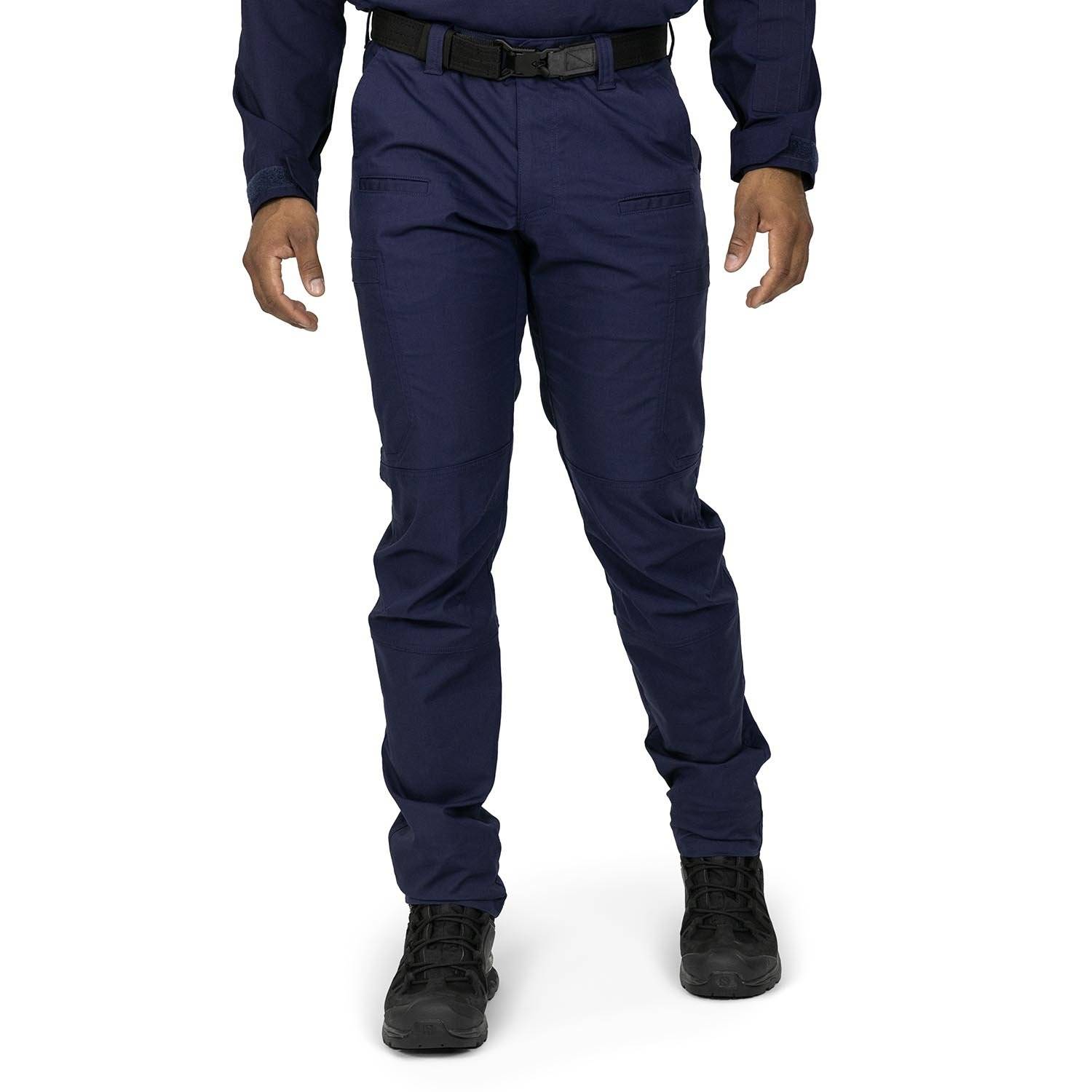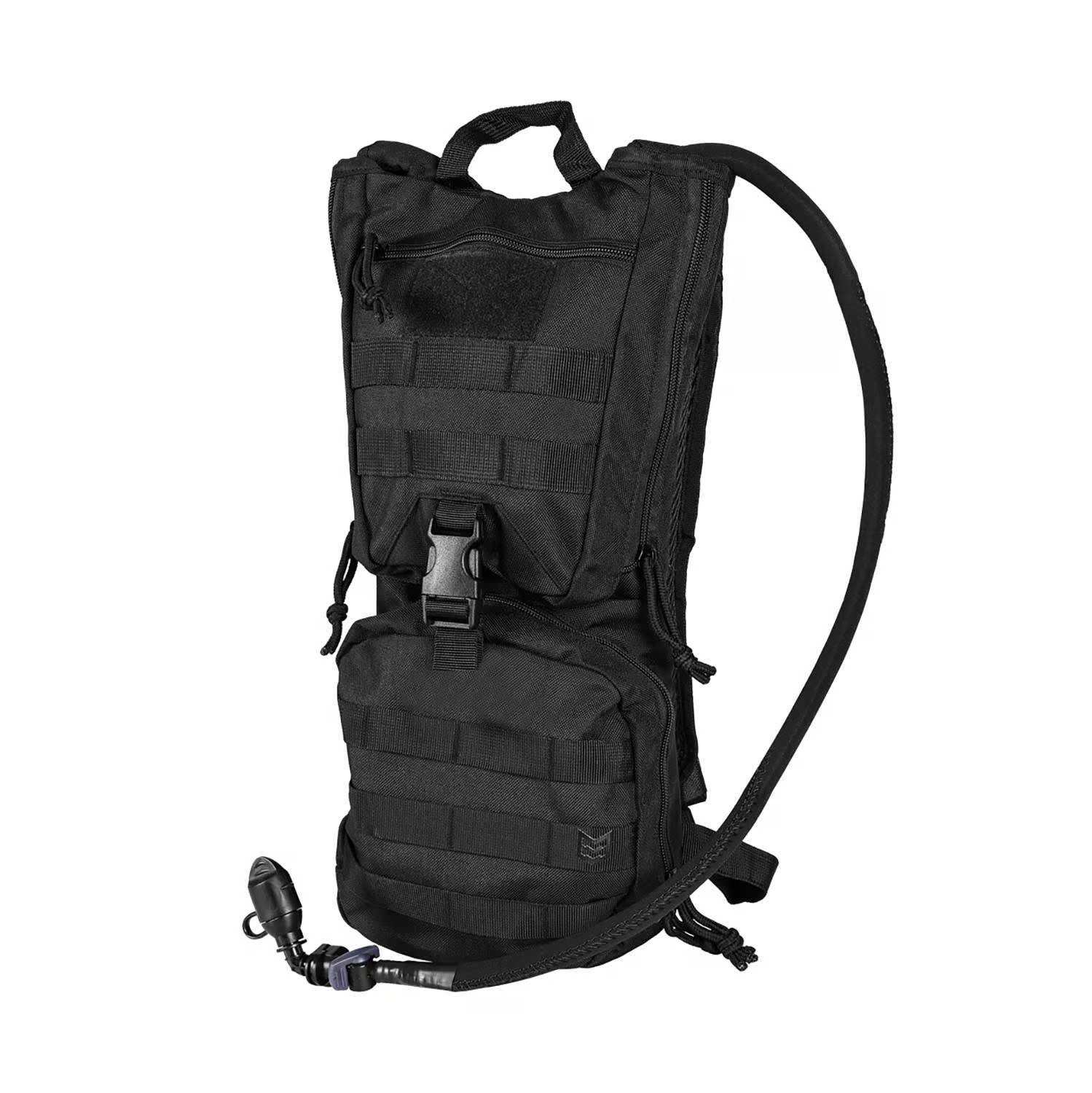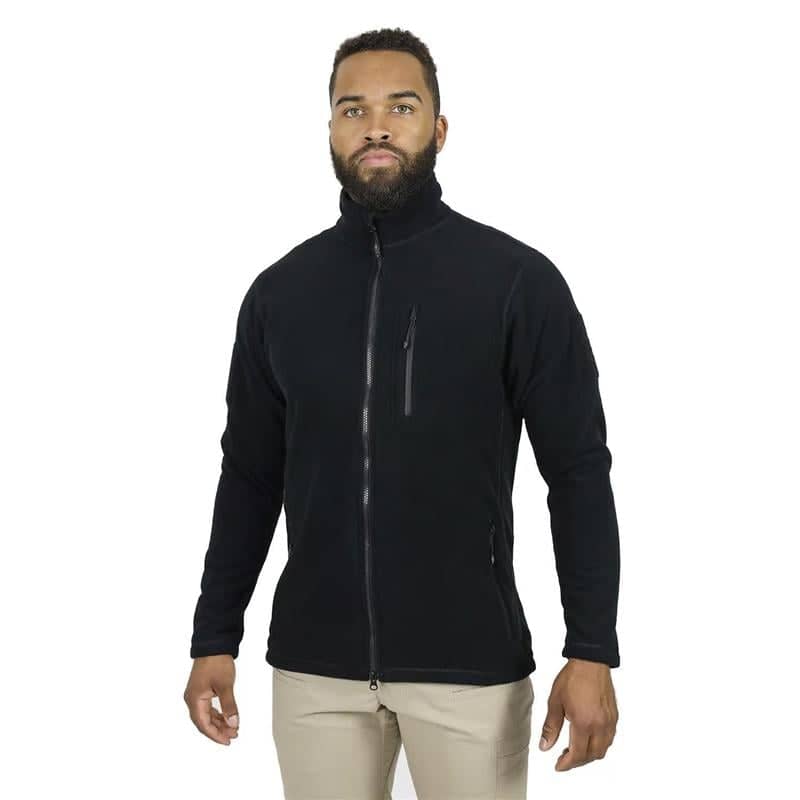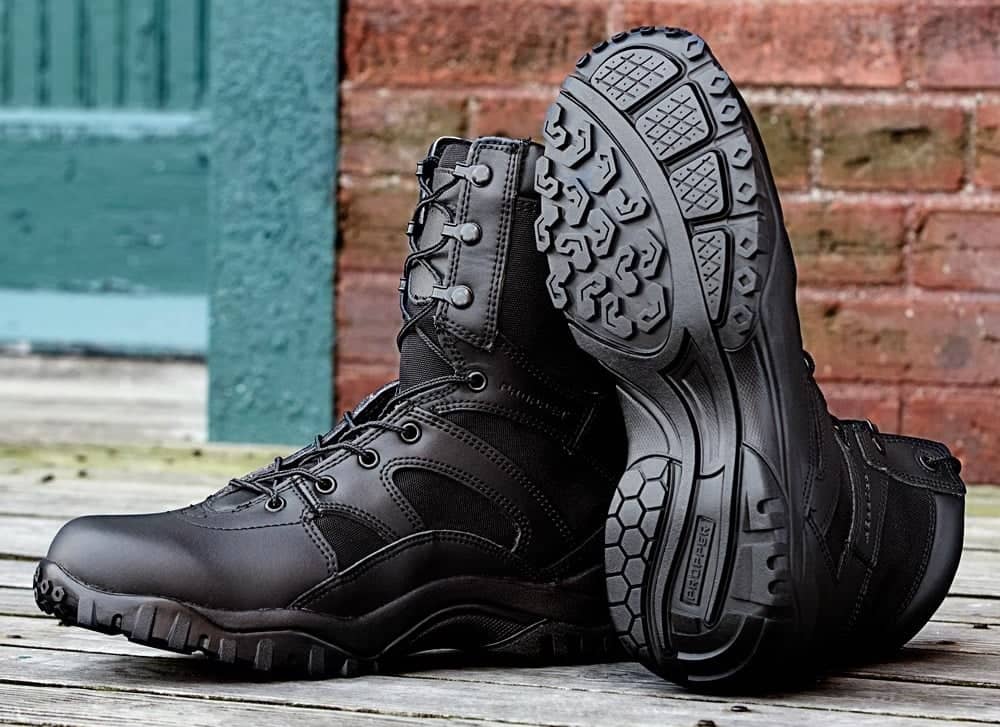
Tactical Boot Sole Patterns: Your Guide to Traction & Performance

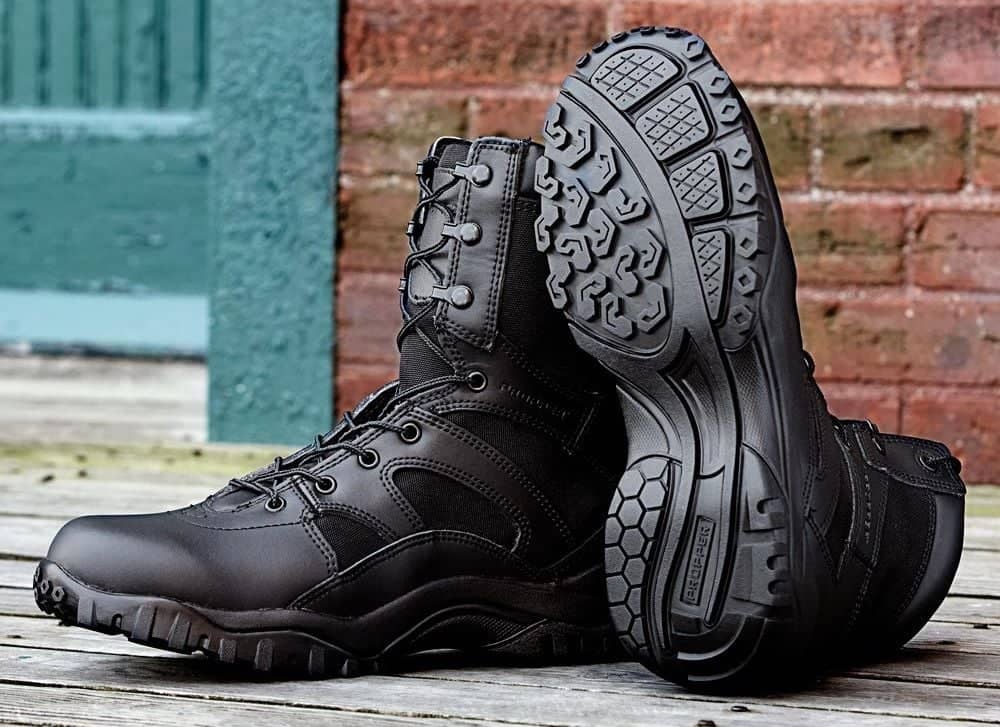
The right tactical boots can make all the difference in the field, yet traction is often overlooked. As a former law enforcement officer with a decade of experience in recruitment, training, and crisis response, I know firsthand how critical proper footing is—whether engaging in a foot pursuit, responding to an emergency, or navigating hazardous terrain. This guide breaks down tactical boot sole patterns, explaining how they impact grip, stability, and performance so you can make an informed choice for your mission or work environment. Ensuring the boots fit your feet properly is essential for optimal comfort and performance.
Key Takeaways
Tactical boot sole patterns are essential for traction and stability, with designs tailored for various environments, such as urban, mountainous, and jungle settings.
Different terrains require specific boot features; deep lugs work well in mud and snow, while shallow lugs are best suited for urban surfaces.
Understanding materials, such as rubber compounds and self-cleaning lugs, improves traction and durability, ensuring your boots perform effectively in challenging conditions.
The heel design in tactical boots is crucial for preventing heel movement, which helps avoid blisters and enhances overall comfort. Proper heel construction ensures a secure fit, making the boots more comfortable during extended wear.
Understanding Tactical Boot Sole Patterns
Tactical boot sole patterns provide traction, stability, and durability in various environments. The design of the sole pattern can significantly impact the boot's performance, especially in challenging terrain. Different sole patterns are engineered to address specific needs, whether it’s navigating muddy trails, rocky paths, or urban streets.
For instance, directional lug patterns enhance forward traction, making them ideal for straight-line movement in muddy or snowy conditions. On the other hand, multi-directional lug patterns offer superior grip across various surfaces, ensuring quick directional shifts. By understanding the characteristics and benefits of different sole patterns, you can choose a pair of boots that will keep you steady and secure, no matter where your mission takes you.
Operating Environments
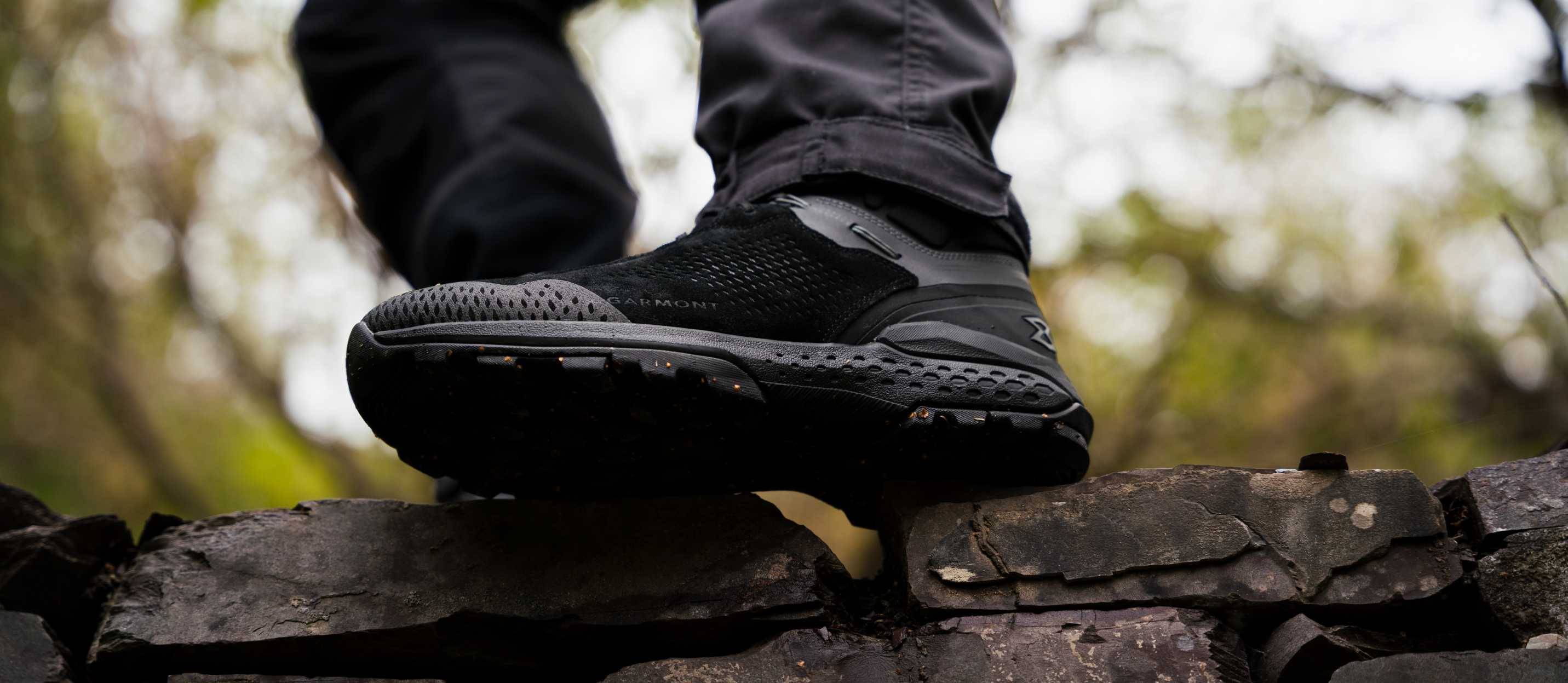
When selecting tactical boots, consider the specific operating environment to ensure optimal traction and performance. Different types of boots are worn in specific environments, emphasizing their functional and historical significance.
Urban Settings: Boots must have excellent grip for stability on concrete and asphalt. Look for thinner soles and shorter lugs for maximum agility.
Shop: Salomon XA Pro Forces GTXMountainous Terrain: Robust tread patterns provide traction over rocky and uneven landscapes. Opt for thicker soles with deep lugs.
Shop: Reebok Trailgrip Tactical 6” BootDesert Conditions: Boots should have flat or minimally textured soles to prevent sinking into soft sand while withstanding extreme heat.
Shop: Bates OpSpeed Tall AR 670-1 BootJungle Environments: Jungle boots require wide-lugged, self-clearing soles to expel mud effectively and maintain traction on wet terrain.
Shop: Nike SFB B2 BootArctic Conditions: Insulated boots with aggressive tread patterns maintain warmth and grip on icy and snowy surfaces.
Shop: Rocky Blizzard StalkerRocky Terrain: Boots need robust soles with aggressive tread patterns to stabilize performance on jagged surfaces. Look for reinforced materials to enhance protection.
Shop: LOWA Zephyr MK2 GTX boot
The Role of Rubber Compounds in Tactical Boot Performance
Rubber compounds impact grip, durability, and effectiveness across different terrains. They also help prevent heel sliding inside the boots, enhancing fit and comfort. Understanding these materials ensures optimal footwear selection.
Key Rubber Compounds and Their Benefits
High-Abrasion Rubber – Nearly twice the standard abrasion resistance, ideal for combat boots. It is also used in heel design to prevent movement and enhance durability.
Oil-Resistant Rubber – Protects against oil and chemicals and is suitable for industrial environments.
Softer Rubber Compounds – Enhances traction on loose surfaces.
Nitrile-Butadiene Rubber – Durable and resistant to oils and chemicals.
Vibram Megagrip – Premium rubber blend for superior traction on dry and wet surfaces.
Polyurethane Soles – Lightweight, cushioned, and durable for long-lasting urban and rugged performance.
What are Vibram® Soles?
Vibram soles are high-performance outsoles known for exceptional grip, durability, and versatility. Popular among tactical, hiking, and running footwear, they provide superior traction and stability and are designed to prevent heels from sliding, ensuring a secure fit.
Popular Vibram Sole Models:
VibramXS Trek™ – Balances durability and comfort, offering excellent grip on various surfaces, making it a versatile choice for those who need reliable performance in both urban and rugged environments. Its design ensures that the foot remains secure while providing the flexibility needed for quick movements.
Shop: Under Armour Women's Charged Valsetz Tactical BootsVibram Arctic Grip™ – Provides unparalleled traction on wet ice, utilizing advanced technology to ensure stability and safety in the most slippery conditions. This sole is ideal for those who operate in harsh winter climates, offering peace of mind with every step.
Shop: Belleville SQUALL 400g Insulated Composite Toe Boots
Outsole Materials and Durability
The material used for the sole of a tactical boot can greatly affect its durability and performance. Common materials for boot soles include rubber and polyurethane (PU).
Rubber: A material known for its durability, traction, and resistance to abrasion and slipping. Ideal for rugged environments, rubber soles offer reliable grip but are heavier, adding stability at the cost of increased weight.
Polyurethane (PU): A lighter synthetic option celebrated for its durability, abrasion resistance, and shock absorption. PU outsoles enhance comfort and reduce fatigue, making them suitable for urban environments. They offer a good balance of traction, flexibility, and comfort,
By selecting the right sole material—rubber or PU. you can ensure your boots offer the necessary traction, comfort, and longevity for your specific needs.
Lug Depths
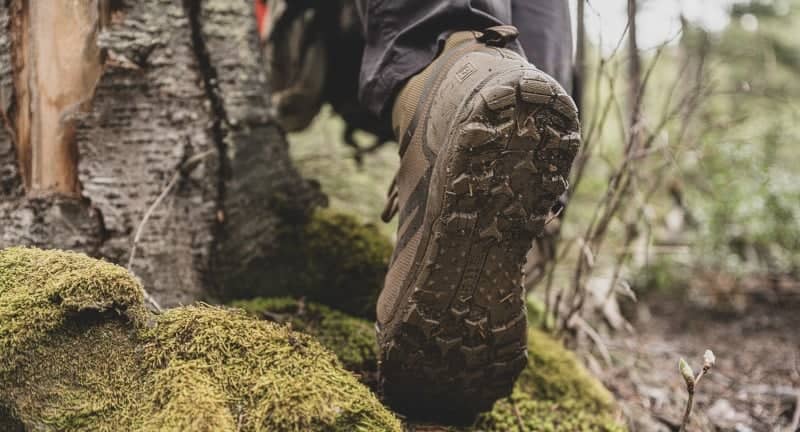
Tactical boot lug depths significantly impact their performance. Deeper lugs, typically ranging from 4mm to 8mm, provide superior traction on loose surfaces like mud, snow, and gravel, preventing slippage and enhancing stability. However, deeper lugs can make walking on hard surfaces like concrete or pavement less comfortable and can increase the boot's weight.
Conversely, shallower lugs, usually between 2mm and 4mm, offer better grip on smoother surfaces, improving maneuverability and reducing fatigue during extended wear. The ideal lug depth depends on the specific operational environment and the boots' primary tasks.
Sole patterns in tactical boots are crucial as they dictate the level of traction and stability across various terrains. The design of the sole pattern ensures that the boots can effectively handle different environments, providing the necessary grip and preventing slippage on surfaces ranging from muddy trails to urban streets.
Multi-Directional Lug Patterns
Provides superior grip across various surfaces, ensuring quick directional shifts. The heel design helps prevent heels from sliding, ensuring superior grip.
Waffle Soles
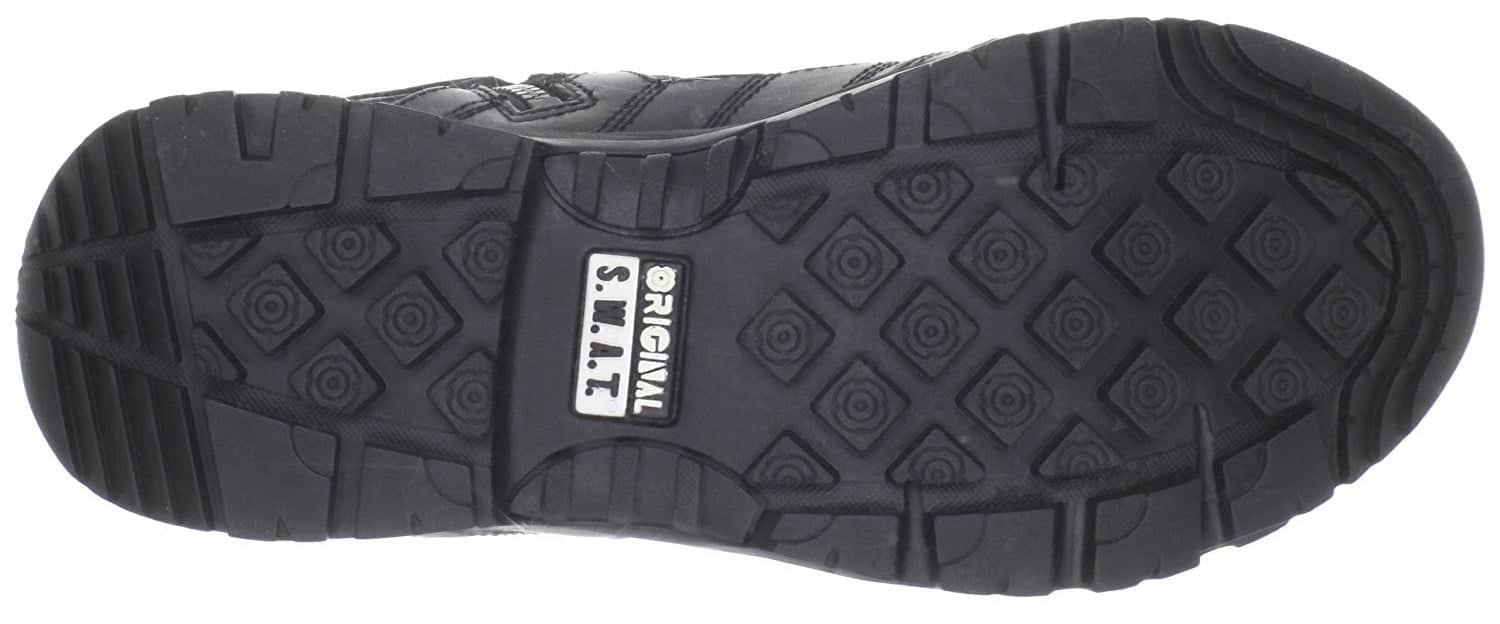
Features grid-like grooves for a balanced grip on varied surfaces. Performs moderately well across multiple surfaces. The heel design also contributes to this balanced grip, ensuring stability and preventing heel movement during wear.
Panama Soles
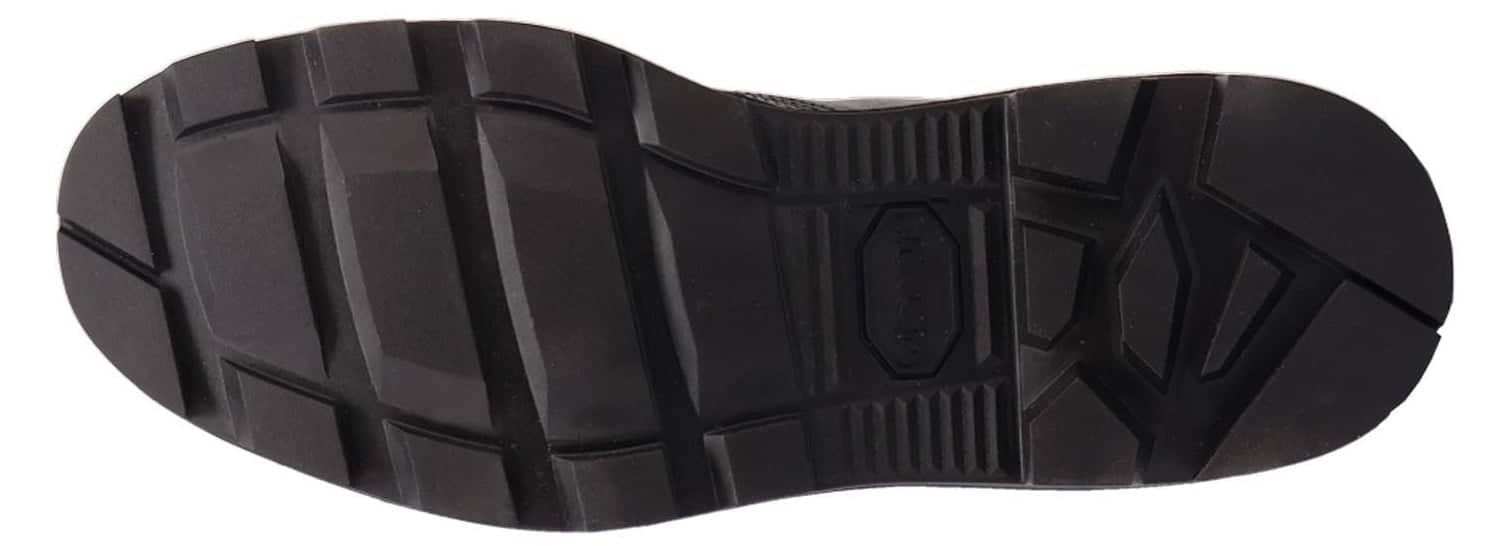
Developed for jungle boots, these wide-lug soles provide exceptional traction in wet and muddy environments while remaining lightweight. The heel design contributes to this traction, ensuring stability and preventing slippage.
Ripple Soles
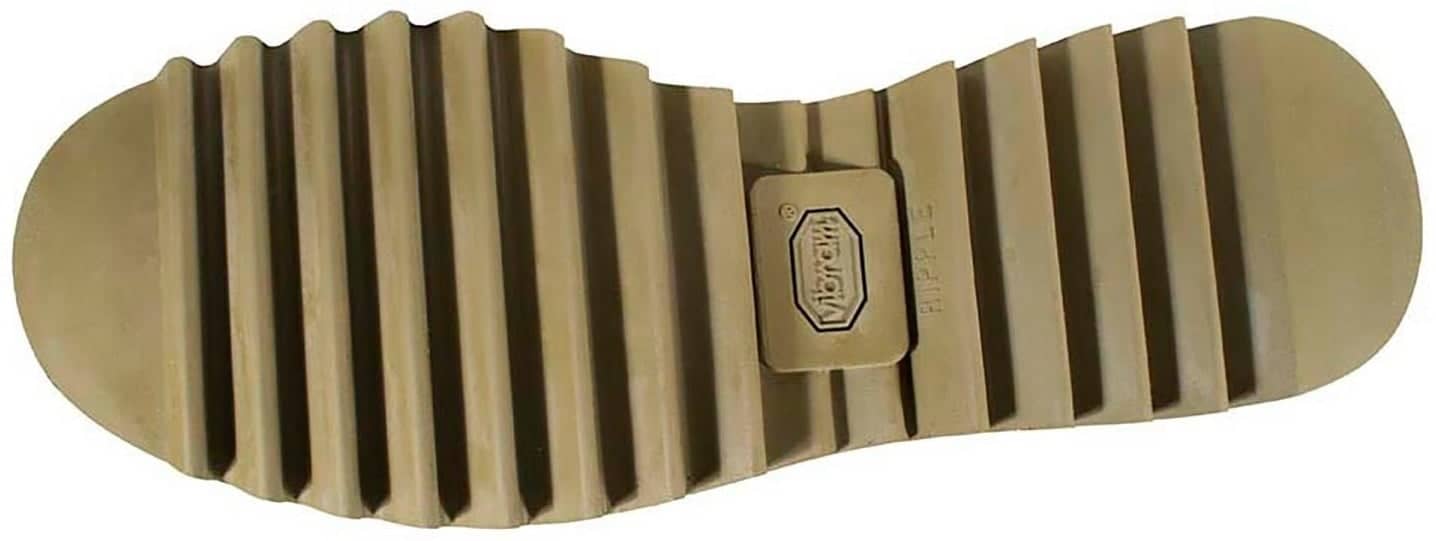
Ripple soles stand out from other sole patterns due to their distinctive wave-like design, which offers enhanced traction on wet and dry surfaces, making them ideal for quick, agile movements. Unlike deep-lug or chevron patterns that focus on the grip in muddy or rocky terrains, ripple soles provide a balance of flexibility and grip, ensuring stability on uneven surfaces while maintaining comfort during extended wear.
Chevron or Arrowhead Soles
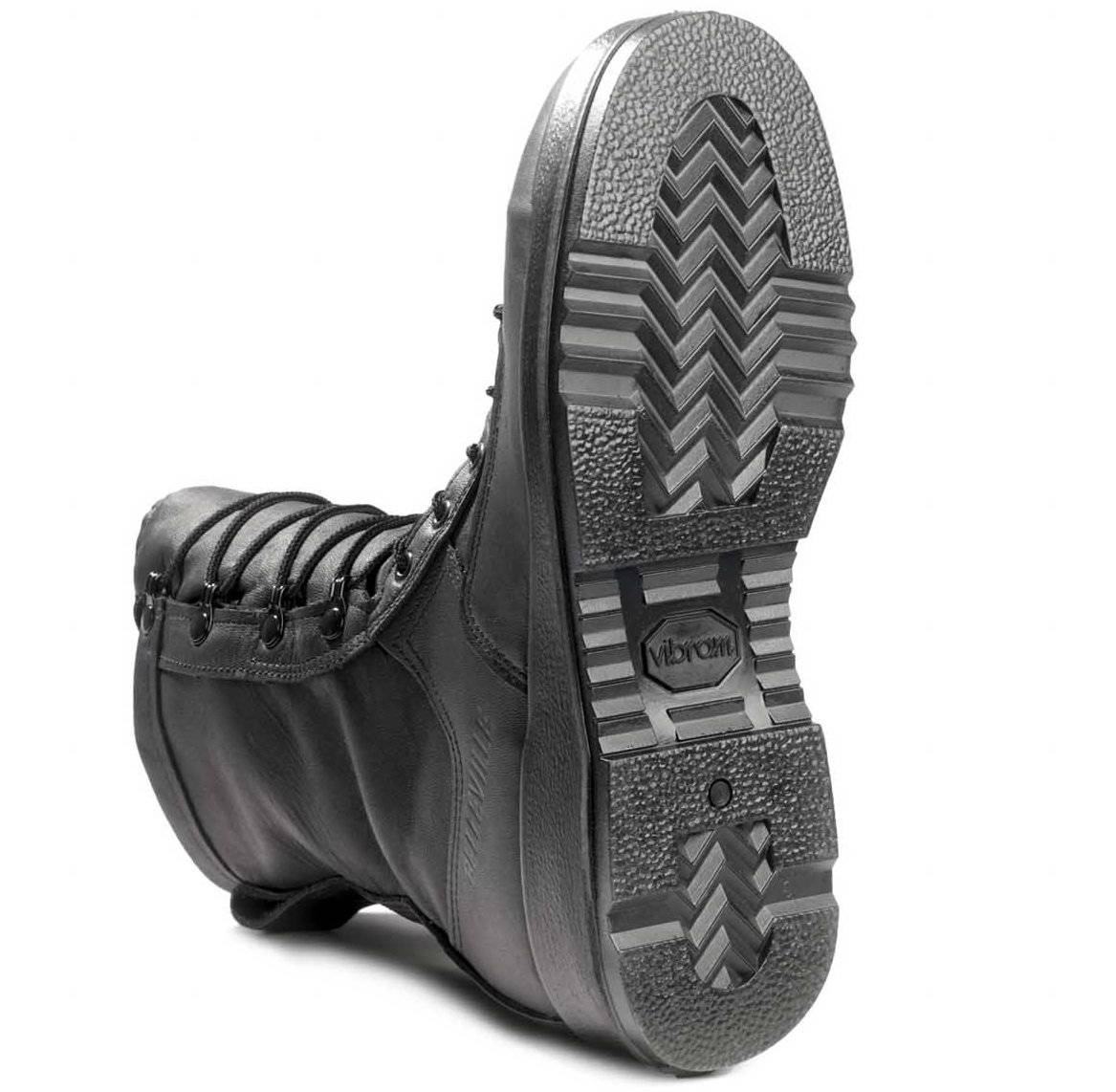
Chevron and Arrowhead soles are directional and improve forward traction while facilitating mud shedding. The heel design also enhances forward traction and stability. Directional soles do not perform as well moving laterally
Choosing the Right Sole Pattern for Your Needs
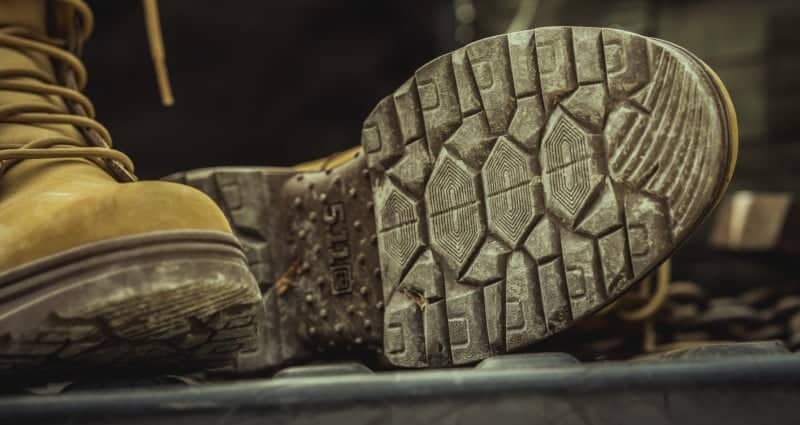
When selecting tactical boots, it’s essential to match the sole pattern to your operational needs for maximum performance and safety. Opt for self-cleaning lug designs that prevent mud buildup and maintain consistent traction in wet or muddy conditions. These patterns help ensure stability and prevent slippage in difficult terrains.
For dry and rugged environments, deep, aggressive lugs provide superior grip on loose or uneven surfaces, offering enhanced durability and reducing the risk of falls. In contrast, urban settings benefit from shallow lugs and smoother soles, which improve maneuverability, comfort, and stability on pavement and concrete. Choosing the right sole pattern can optimize traction, safety, and overall comfort.
Tire Manufacturers’ Influence on Boot Sole Technology
Interestingly, tire manufacturers have had a significant impact on boot sole technology. Tread patterns and materials used in tires have been adapted for boot soles, improving traction and durability. For example, the lug pattern on some boots is inspired by tire tread designs, which helps to provide extra traction on uneven surfaces. This crossover technology ensures that boots can handle the same challenging conditions as high-performance tires, offering stability and grip in various environments. The influence of tire manufacturers has led to innovations in sole design, making modern tactical boots more effective and reliable than ever before.
Summary
Selecting the right tactical boot sole pattern is crucial for maintaining grip and stability in challenging environments. Additionally, heel design plays a significant role in ensuring proper fit and preventing heel movement, which enhances comfort and prevents blisters. By understanding the different sole patterns, materials, and their applications, you can make an informed decision about your footwear. The right boots ensure optimal performance, durability, and safety when navigating rocky mountains, urban streets, or jungle terrain.
Frequently Asked Questions (FAQs)
What are the best sole patterns for jungle boots?
Wide-lugged designs with self-clearing capabilities offer superior traction and clearance. These patterns ensure that mud and debris are expelled, maintaining grip on wet and slippery surfaces.
How do tread patterns affect traction on uneven surfaces?
Deep lugs penetrate soft terrain to provide stability and prevent slippage. Conversely, shallow lugs enhance comfort and traction on hard surfaces, making them ideal for urban environments.
Are PU outsoles suitable for tactical boots?
Yes, polyurethane (PU) outsoles offer excellent cushioning, which helps reduce fatigue during prolonged wear. They also provide durability and abrasion resistance, making them a reliable choice for various terrains.
How do self-clearing patterns benefit tactical boots?
Self-clearing patterns prevent mud buildup by expelling debris with each step, ensuring consistent grip. This feature is particularly beneficial in wet conditions, where maintaining traction is crucial.
How do Vibram soles improve performance in tactical boots?
Vibram soles are renowned for their exceptional grip and durability. They utilize advanced rubber compounds and tread designs that provide superior traction on both dry and wet surfaces. This makes them ideal for tactical boots, ensuring stability and safety in varied and challenging environments




